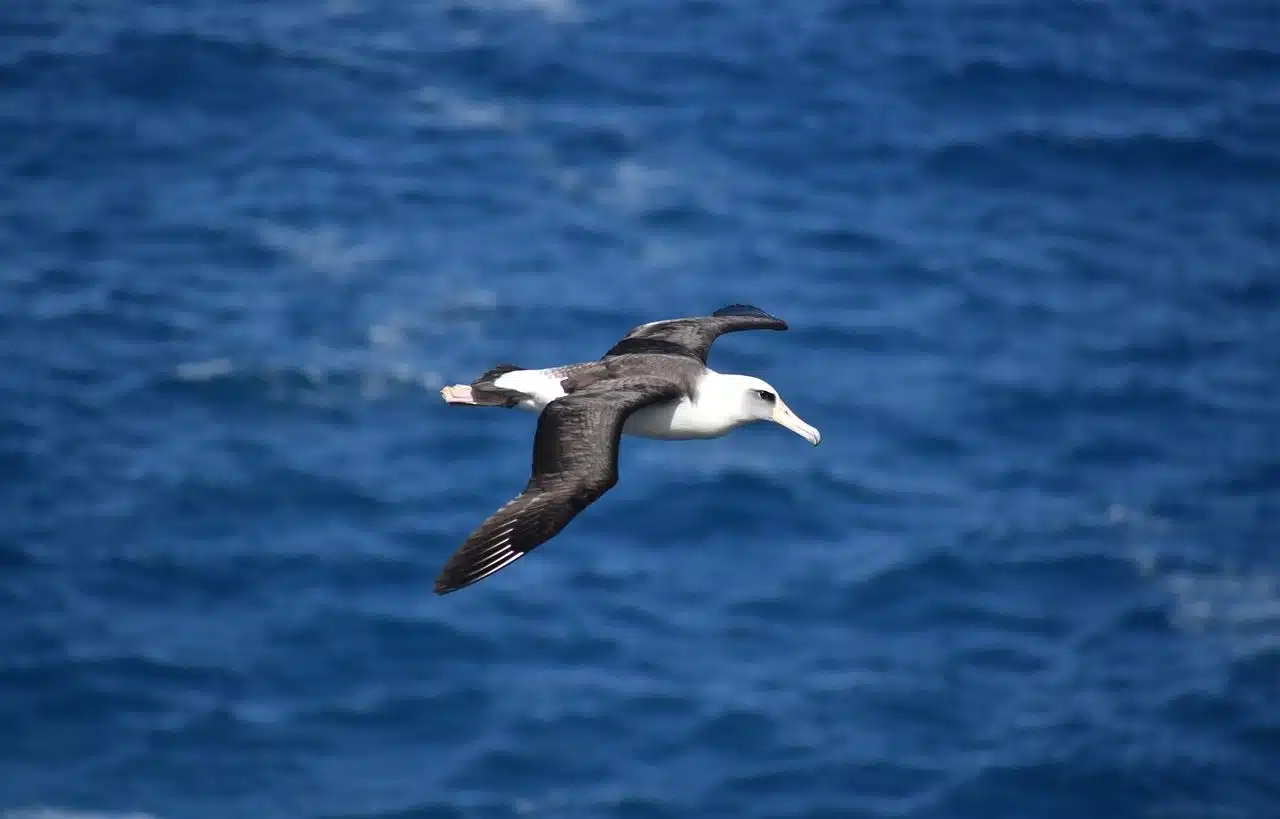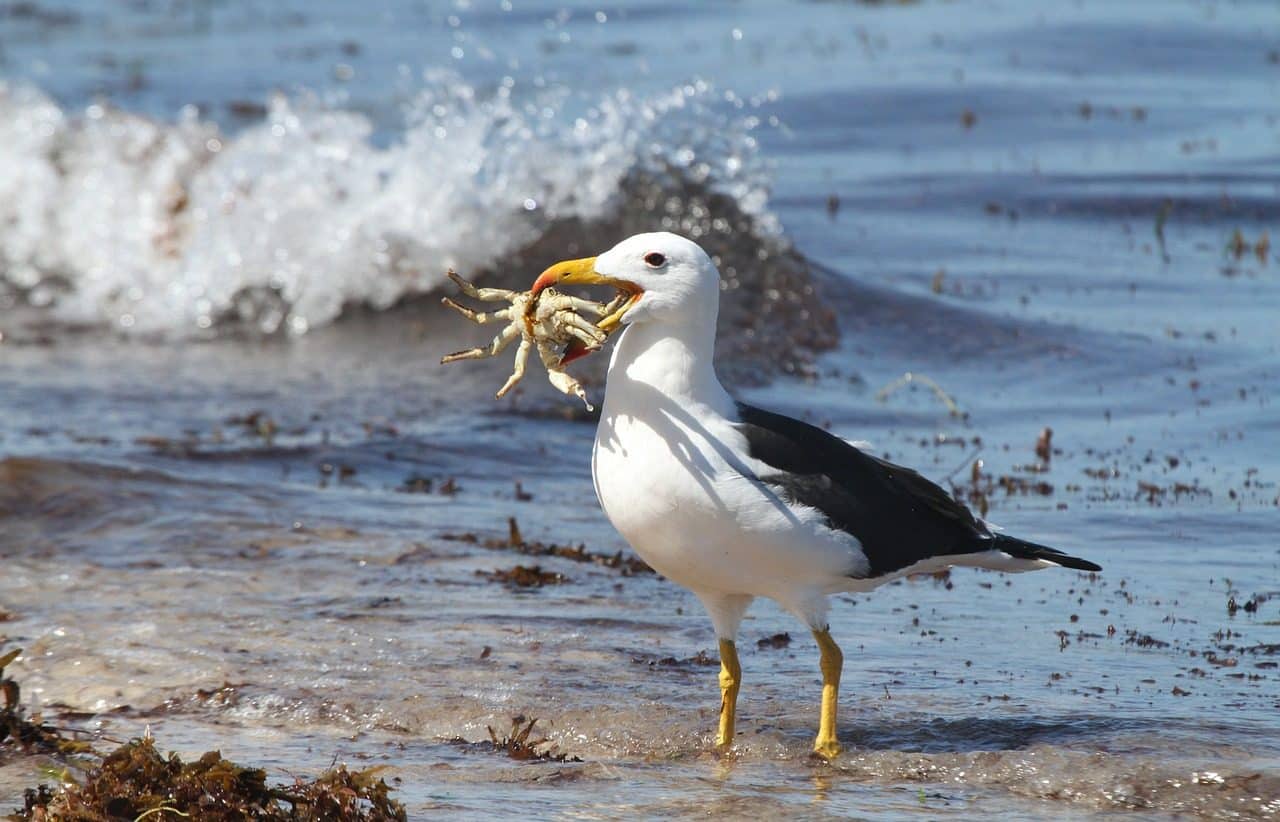
Albatrosses are seabirds that make up the Diomedeidae family.
The albatross is a seabird found primarily in the Pacific Ocean and the Indian Ocean . This animal , whose feathers are white, is characterized by its large wingspan.
Albatrosses make up the family known as Diomedeidae and are divided into four genera and more than twenty species. At a general level, they all agree on their good flight capacity and that they feed on fish, krill and other aquatic species.
Types of albatrosses
It is worth mentioning that the total number of species that make up the Diomedeidae family has not yet been resolved, and this gives rise to three different lists: those that recognize the most species of albatrosses are Birdlife International and the IUCN ( International Union for Conservation of Nature ), whose number amounts to twenty-two; On the other hand, there are authorities that only accept fourteen of them, while for the North American ornithologist James Clements , who died in 2005 , the limit is thirteen.
If we take into account the taxonomy accepted by the IUCN , we are faced with four genera, whose names are Diomedea , Phoebastria , Thalassarche and Phoebetria ; the latter is made up of only two species, while Thalassarche contains ten. Since this information depends on the point of view, that is, on the appreciations of each scholar of the subject, it is common to find certain differences when going from one source to another; for example, some species of the genera Phoebastria and Thalassarche may occur under Diomedea .
According to the IUCN , there are nine species of albatrosses in danger of extinction and another eight in a state of vulnerability . This means that more than half of albatross species are at risk of disappearing.

Albatrosses feed on aquatic species.
Characteristics of each genre
Let's look at the main characteristics of a species of each genus :
- Diomedea exulans : its common name in Spanish is wandering or traveling albatross and it is the first albatross to have been described, as well as the most widespread species. Its height can reach 1.3 m, and its wings can have a wingspan of up to 3.5 m (although an individual has been recorded that reached 3.7 m). Its beak, on the other hand, is around 20 cm long, the largest of all albatrosses.
- Phoebastria irrorata – Also known as the waved albatross , it is the only species that lives in the tropics. It is known that it breeds only on one of the Galapagos Islands, Hispaniola , and that it makes its nests in lava areas.
- Thalassarche melanophrys – The black-browed albatross formerly belonged to the genus Diomedea . Their wings are approximately a third shorter than those of the previous two, although this does not prevent them from being skilled gliders. In fact, they are capable of flying for long periods.
- Phoebetria fusca : It is called smoky albatross and its habitat is all the oceans of the Southern Hemisphere. Compared to the three aforementioned species, its wings are the shortest, as they do not exceed 2 m. The smoky brown color of its feathers has given rise to its name.
Albatross colonies
These birds form colonies , creating their nests on remote islands. Their behavior is monogamous : they establish pairs that they maintain throughout their lives. Another characteristic of the albatross is that they generally reproduce in the same colony where they were born.
Albatross colonies often become tourist attractions since many people enjoy observing these animals. Among sailors, it is often said that albatrosses bring good luck or that the souls of those who died on the high seas live in these animals. In any case, in ancient times it was common for sailors to catch albatrosses to eat them.
Other uses of the term
Albatros , finally, is also the name of a former aircraft manufacturer ( Albatros Flugzeugwerke ) and a Venezuelan airline ( Albatros Airlines ).
This is also the name of an aerospace project that, in the 1970s , existed in the Union of Soviet Socialist Republics .
